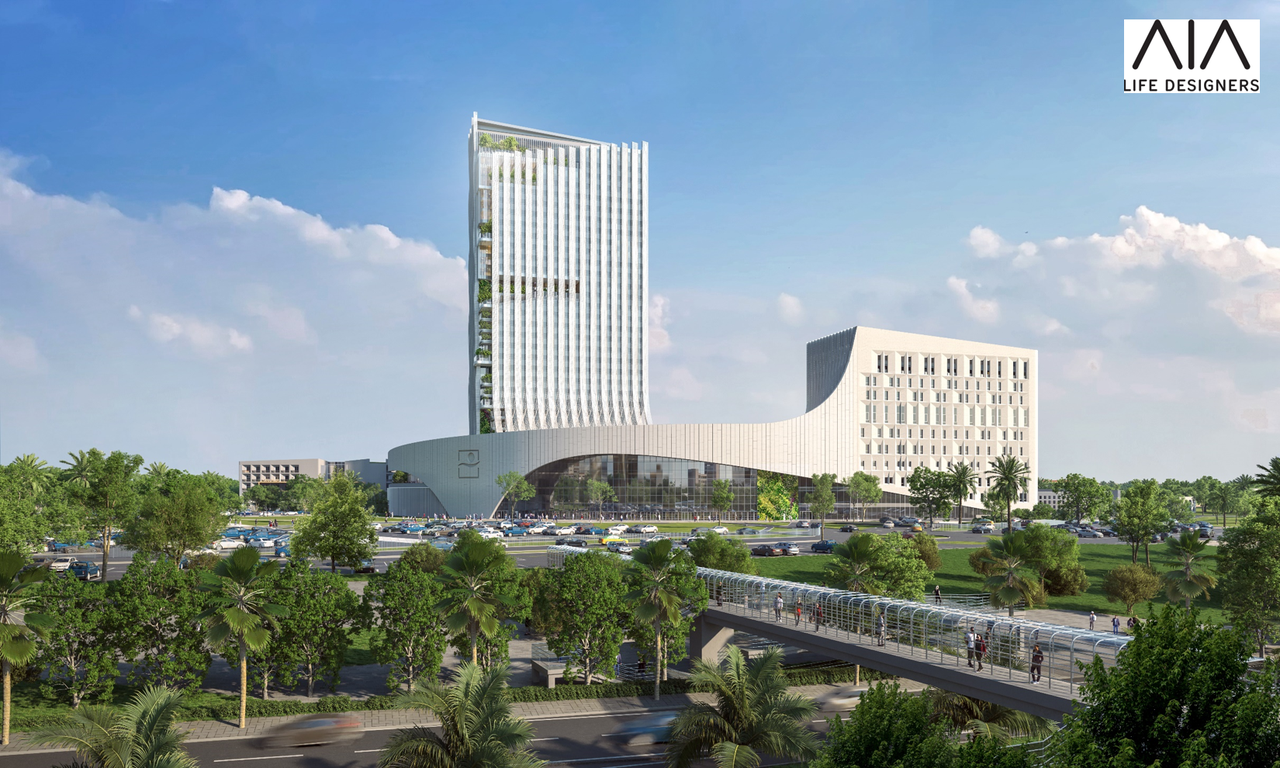The solution
To minimise these risks and guarantee optimum acoustic quality, an additional analysis is required. This study makes it possible to identify potential sources of noise linked to the interaction between the wind and the structure, to understand their propagation and their impact on the building’s interior environment, and finally, to propose effective solutions to attenuate them.
A common concern when designing a building is the acoustic and vibratory response of facades and structures, which can create vortices under wind excitation. Because of the position and shape of these façade elements, it was necessary to study their interaction with the wind in order to avoid potential sources of noise and vibration and to minimise coupling phenomena with the building’s structural modes.
The study carried out by METRAVIB recommended design rules to the architects AIA Ingénierie to limit fluid/structural interactions of the façade elements, based on feedback from our experts and using digital simulation tools. This enabled us to detect potential design problems, such as undesirable resonances or excessive noise levels, and to propose a new design for the façade elements even before the building was constructed.
By optimizing the design of façade and structural elements, AIA ingénierie can ensure that the interior environment is less disturbed by the interaction of wind with the structure, and more comfortable, thereby improving the quality of life of building occupants.



